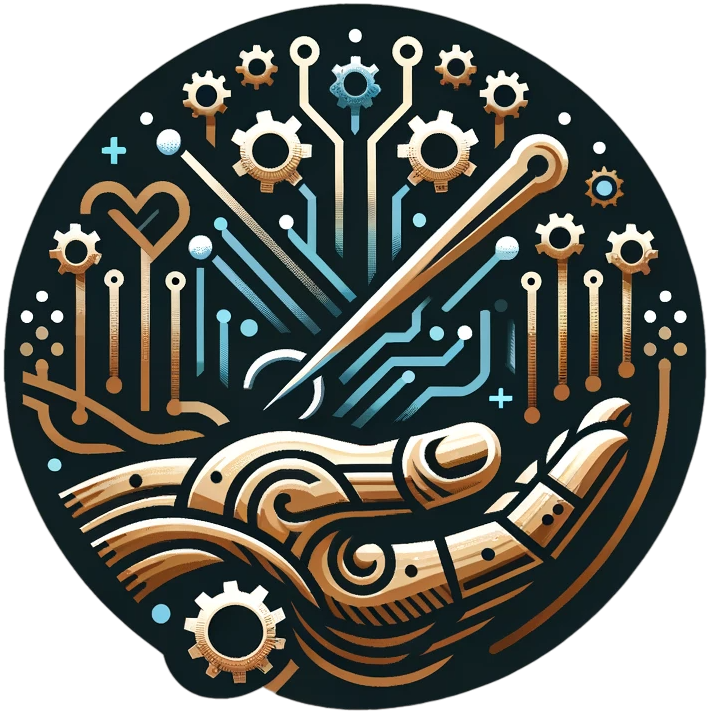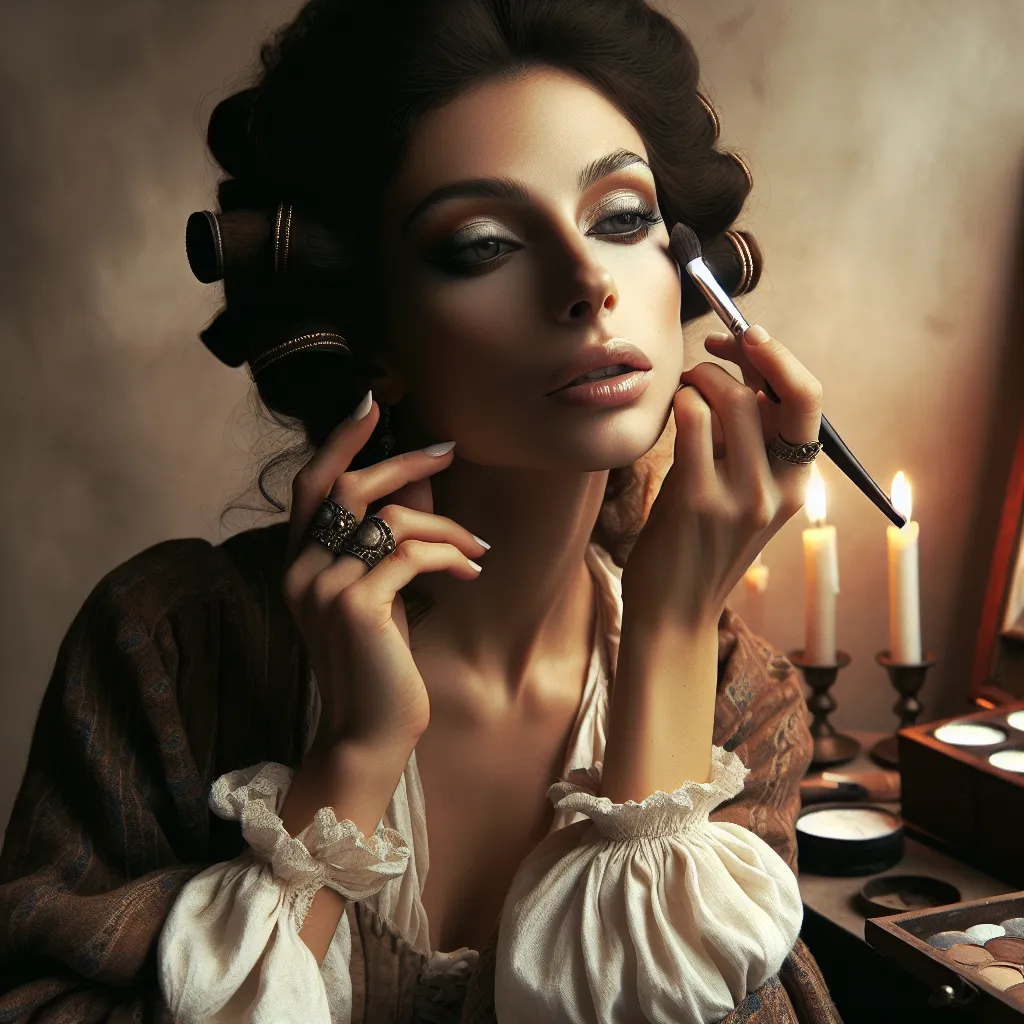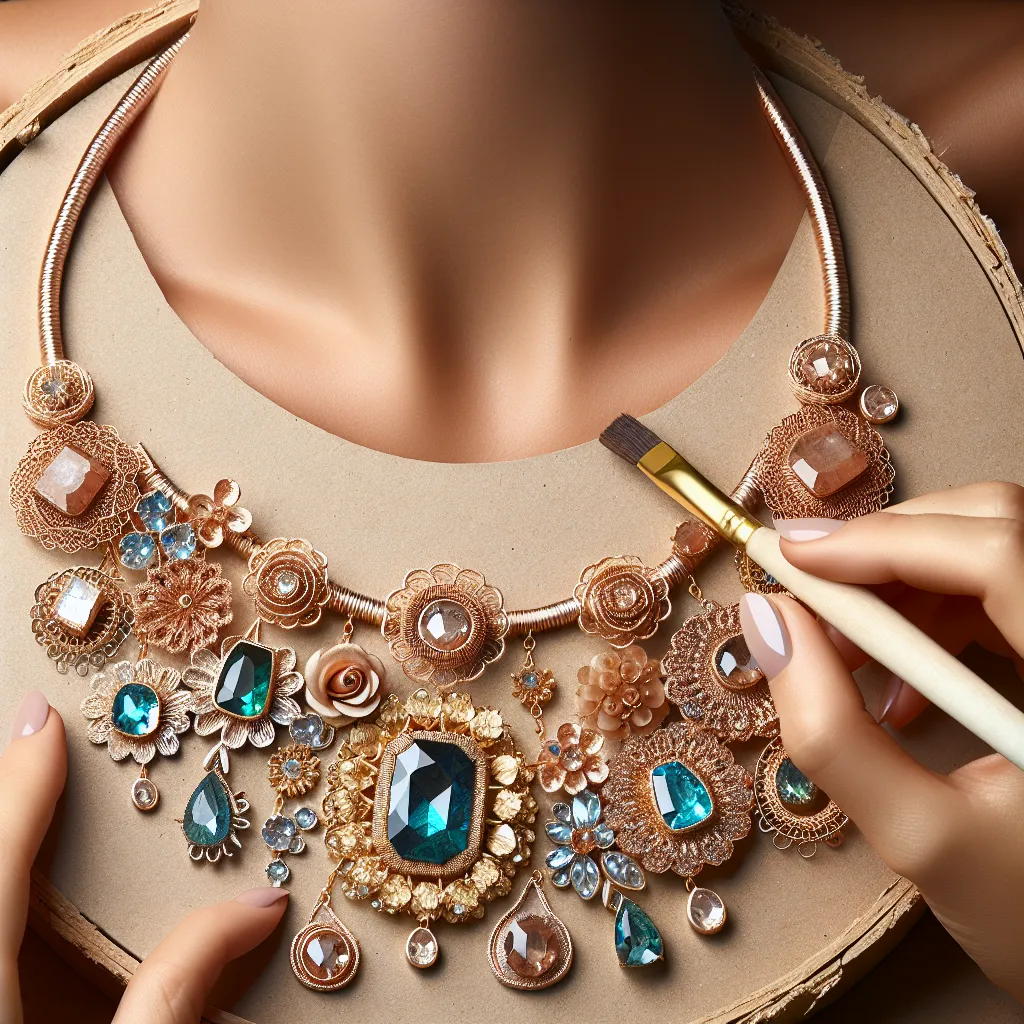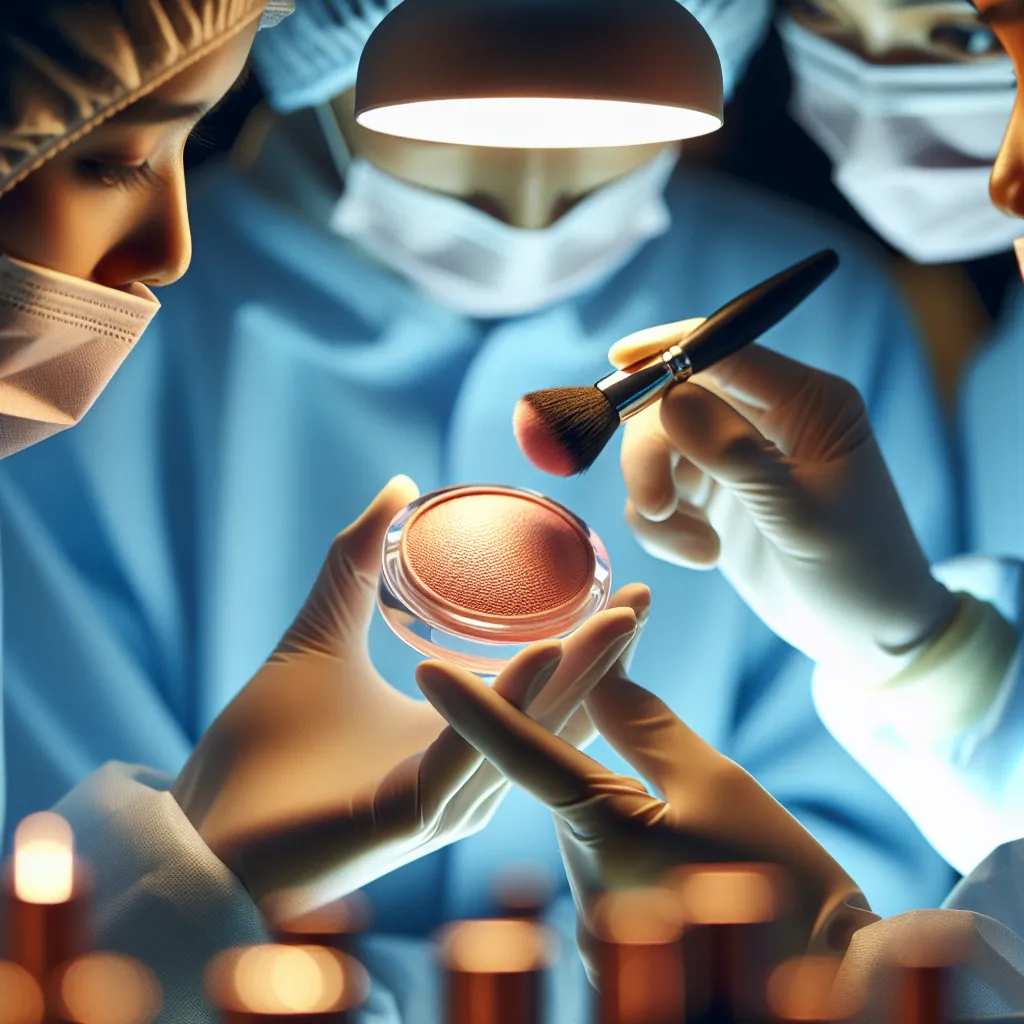Ancient Beauty Rituals: Unveiling the Origins of Makeup
When we think of makeup, we often associate it with modern beauty standards and trends. However, the use of cosmetics dates back to ancient times, revealing a rich history of beauty rituals that have evolved over the centuries. One of the key elements in ancient beauty rituals was the use of blushes. Blushes were not only used to enhance the complexion but also held cultural and symbolic significance in many ancient civilizations. The application of blushes was a part of elaborate beauty rituals in ancient Mesopotamia, Egypt, and Greece, where natural pigments were used to create a rosy glow on the cheeks, signifying youthfulness and health.
Ancient Beauty Rituals: Unveiling the Origins of Makeup
When exploring the evolution of beauty and makeup, it is crucial to embark on a journey through ancient beauty rituals to unveil the origins of makeup. The use of cosmetics dates back to ancient civilizations, where various natural substances were employed to enhance one’s appearance. In ancient Egypt, for example, both men and women adorned themselves with makeup made from natural ingredients such as kohl, which was used to outline the eyes and create a dramatic effect. The historical significance of makeup in ancient cultures not only pertained to enhancing beauty but also carried symbolic and spiritual meanings. In Mesopotamia, the use of kohl and other cosmetics was associated with religious rituals and beauty ideals prevalent in those times. It becomes evident that the concept of makeup has deep roots in human history, serving as an integral part of cultural practices and aesthetic expression.
Renaissance Elegance: The Influence of Art on Cosmetics
The Renaissance period was a pivotal time in the history of makeup, as it drew inspiration from the art and culture of the time. The concept of beauty was closely intertwined with the artworks of renowned painters such as Leonardo da Vinci and Sandro Botticelli. The pale complexion, rosy cheeks, and red lips depicted in these iconic masterpieces became the epitome of beauty ideals. Women sought to emulate the graceful and elegant look of the noblewomen portrayed in paintings, leading to the popularization of cosmetics to achieve this aesthetic.
The influence of art on cosmetics during the Renaissance era is evident in the use of lead-based makeup to achieve a fair complexion, a trend that was unfortunately detrimental to health. Additionally, natural ingredients such as berries and plant extracts were utilized to create blush and lip stains, reflecting the desire to mimic the youthful and vibrant appearance seen in artworks. The use of cosmetics became intertwined with social status and sophistication, as women utilized makeup to elevate their beauty in alignment with the artistic standards of the time.
As the Renaissance period emphasized the pursuit of beauty, cosmetics became a means of self-expression and an essential part of femininity. The artistry and elegance depicted in paintings influenced the development of makeup techniques and styles, shaping the notion of beauty for generations to come.
Revolution in Beauty: Makeup Trends of the 20th Century
When it comes to the evolution of beauty, the 20th century marked a revolutionary period in the world of makeup. This era saw dramatic shifts in societal norms, technological advancements, and cultural influences that significantly impacted makeup trends.
The early 1900s witnessed a departure from the heavy and elaborate Victorian-era makeup towards a more natural and subtle look. Influential figures such as Coco Chanel popularized the idea of sun-kissed skin and minimal makeup, challenging the conventional standards of beauty. The introduction of Max Factor’s first commercially available foundation in 1937 further revolutionized the way women approached makeup, paving the way for a more flawless complexion.
The 1950s brought about a fascination with Hollywood glamour, with icons like Marilyn Monroe and Audrey Hepburn setting the stage for the classic, feminine aesthetic. Winged eyeliner, red lips, and perfectly groomed brows became emblematic of this era, reflecting a newfound emphasis on sophistication and elegance.
The 1960s ushered in a wave of rebellion and experimentation, epitomized by the mod style popularized by fashion and beauty icon Twiggy. The “swinging sixties” embraced bold, graphic statements with the introduction of psychedelic colors, dramatic eyeliner, and the iconic cut-crease eyeshadow. This era redefined beauty standards, emphasizing individuality and self-expression.
The 1980s embraced excess and opulence, characterized by bold colors, exaggerated contours, and a focus on decadent glamour. Influential figures such as Madonna and Princess Diana epitomized the beauty trends of this era, with a strong emphasis on powerful and flamboyant looks.
As we entered the 21st century, the beauty industry witnessed a shift towards inclusivity and diversity. Makeup trends became more eclectic and varied, with a celebration of individuality and self-expression. The rise of social media further democratized beauty, allowing individuals to showcase their unique interpretations of makeup and challenging traditional beauty norms.
The 20th century was a testament to the ever-evolving nature of beauty, reflecting the societal, cultural, and technological transformations that continue to shape our perceptions of makeup today.
Modern Makeup: Redefining Beauty Standards in the 21st Century
In the 21st century, the concept of beauty has undergone a significant transformation, especially with the redefinition of beauty standards in the realm of modern makeup. The advent of social media and the widespread use of digital platforms have led to a seismic shift in the way beauty is perceived and portrayed. Influencers and celebrities now have a powerful platform to challenge traditional beauty norms and promote inclusivity, diversity, and self-expression. As a result, modern makeup is no longer just about conforming to established ideals but rather about celebrating individuality and creativity.
Moreover, the 21st century has witnessed remarkable advancements in cosmetic technology and product diversity, allowing individuals of all skin types, tones, and identities to find products that cater to their specific needs. This inclusivity has played a pivotal role in broadening the scope of beauty and redefining conventional standards. Furthermore, the embrace of natural beauty, the celebration of imperfections, and the encouragement of self-love have become central themes in the modern makeup movement, marking a stark departure from the unattainable and often unrealistic standards of the past.
With the rise of beauty influencers who champion authenticity and transparency, the modern makeup landscape has seen a profound shift towards empowerment and self-acceptance. The emphasis is no longer solely on masking flaws but on enhancing one’s unique features and embracing individuality. This shift in focus has played a key role in reshaping societal perceptions of beauty and has sparked crucial conversations about self-esteem, representation, and the impact of beauty standards on mental well-being.
In conclusion, the evolution of beauty standards in the 21st century, particularly in the realm of modern makeup, has ushered in a new era of inclusivity, empowerment, and self-expression. Through redefining traditional norms, embracing diversity, and promoting authenticity, modern makeup has become a reflection of the progressive ideals that define this era.




